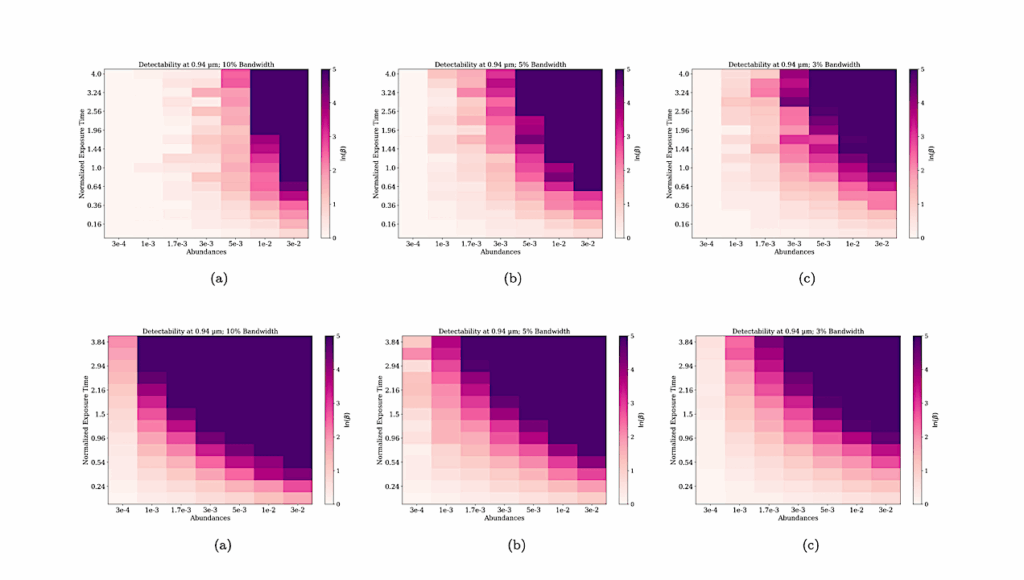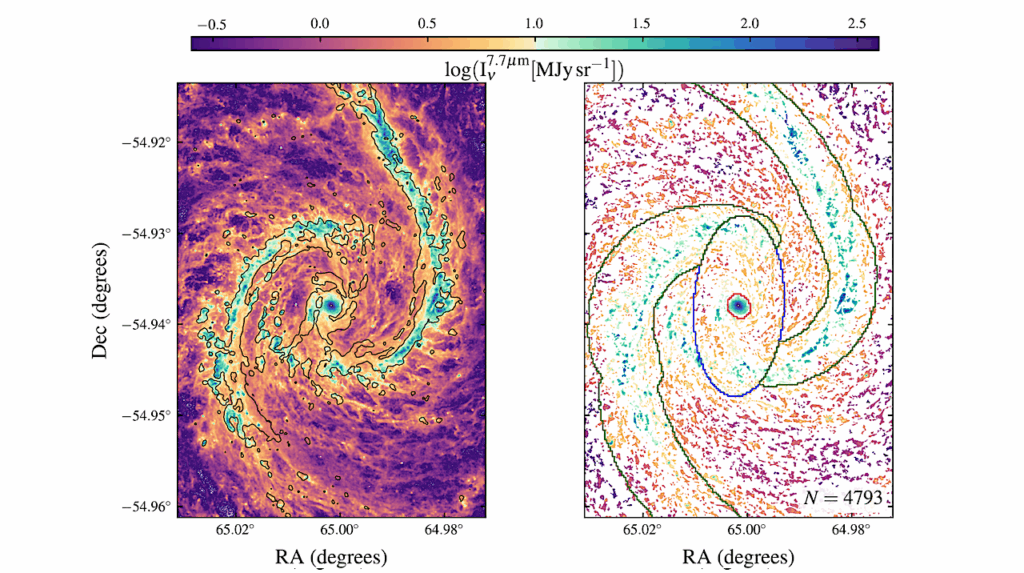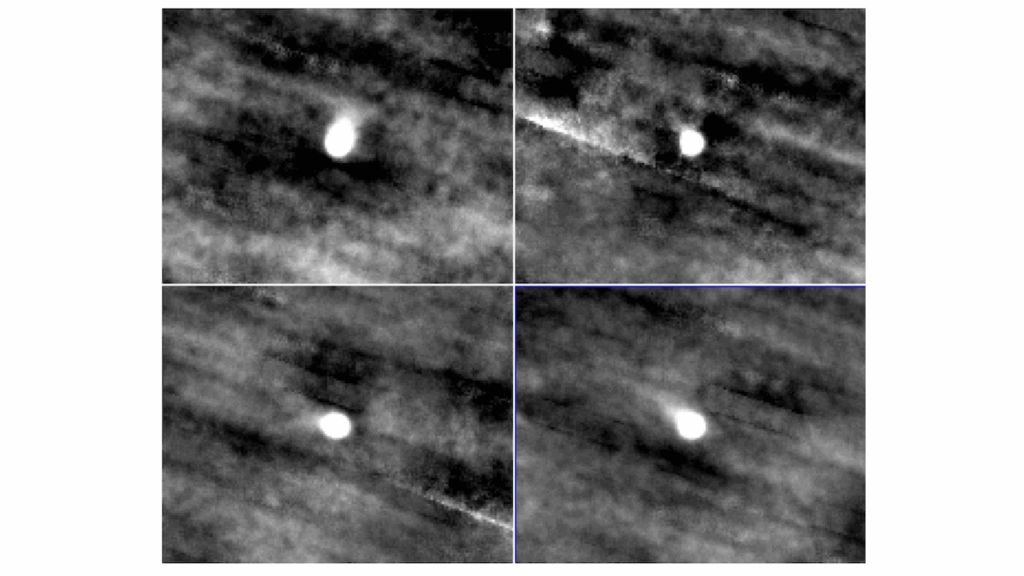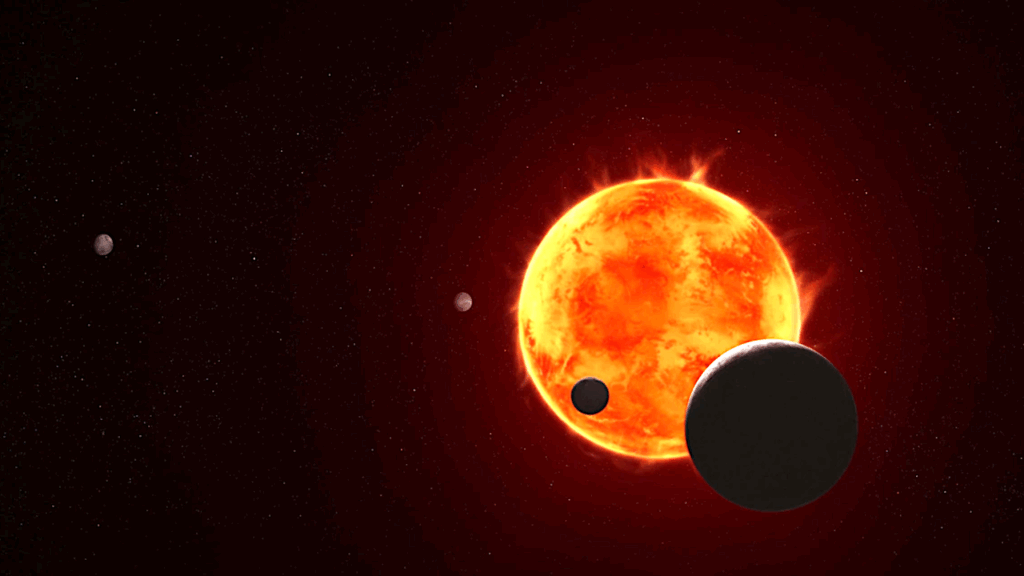Instrumentation Prospects For Rocky Exoplanet Atmospheres Studies With High Resolution Spectroscopy

Studying the atmospheres of exoplanets is one of the most promising ways to learn about distant worlds beyond our solar system. The composition of an exoplanet’s atmosphere can provide critical insights into its geology and potential habitability.
For instance, the presence of certain molecules such as water vapor, oxygen, or methane have been proposed to indicate the possibility of life. From an observation point of view, over the past fifteen years, significant progress has been made in characterizing exoplanetary atmospheres.
This work reviews recent developments in ground-based high-resolution spectroscopic instruments that make it possible to analyze distant atmospheres in great detail. High-resolution transmission spectroscopy, one of the most effective methods used, has examined the atmospheres of Jupiter-like and is pushing towards the smaller, sub-Neptunian exoplanets.
Numerous molecules have been detected using this technique, including CO, H2O, TiO, HCN, CH4, NH3, C2H2, OH. We explore the intriguing possibilities that lie ahead for future ground-based instrumentation, particularly in the context of detecting biologically relevant molecules within Earth-analog exoplanetary atmospheres including molecular oxygen (O2).
With detailed exposure time calculations for detecting O2 we find that at the same exposure time spectral resolution of 300,000 reaches higher significance compared to 100,000. The exposure time and therefore the needed number of transits is reduced by a factor of 4 in challenging haze and cloud scenarios.

Detection of molecules prominently involved in biological processes on Earth using current instrumentation: H2O, CH4, CO2, HCN, O2, O3 and featureless of Earth- to Neptune-size planets using ground-based (black square) and space-based (blue circle) instruments. Data retrieved from ExoAtmospheres Database as of September 2024. — Science Reports via PubMed
Instrumentation prospects for rocky exoplanet atmospheres studies with high resolution spectroscopy, Science Reports via PubMed (open access)
Astrobiology








